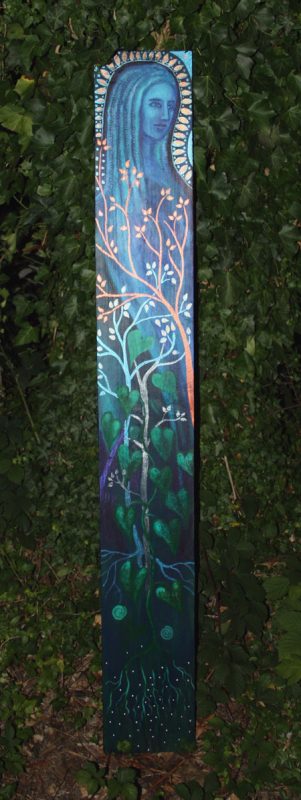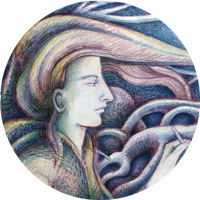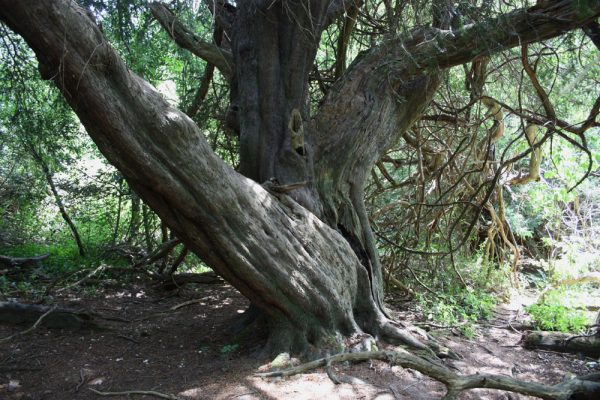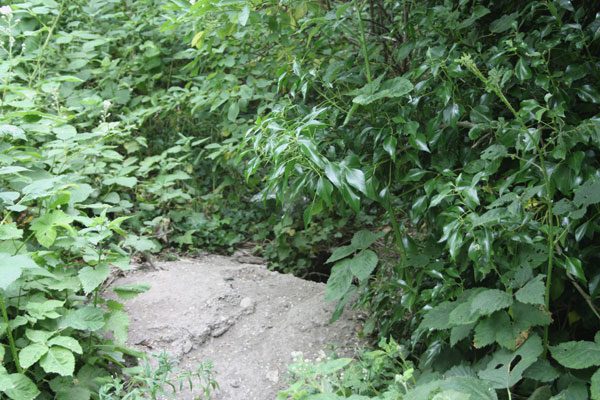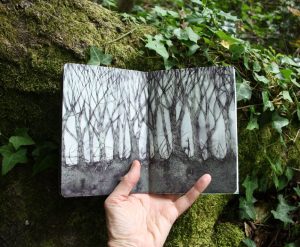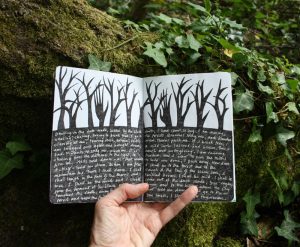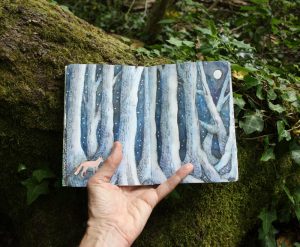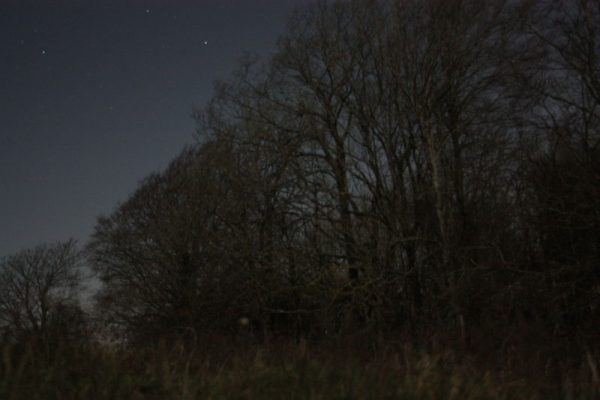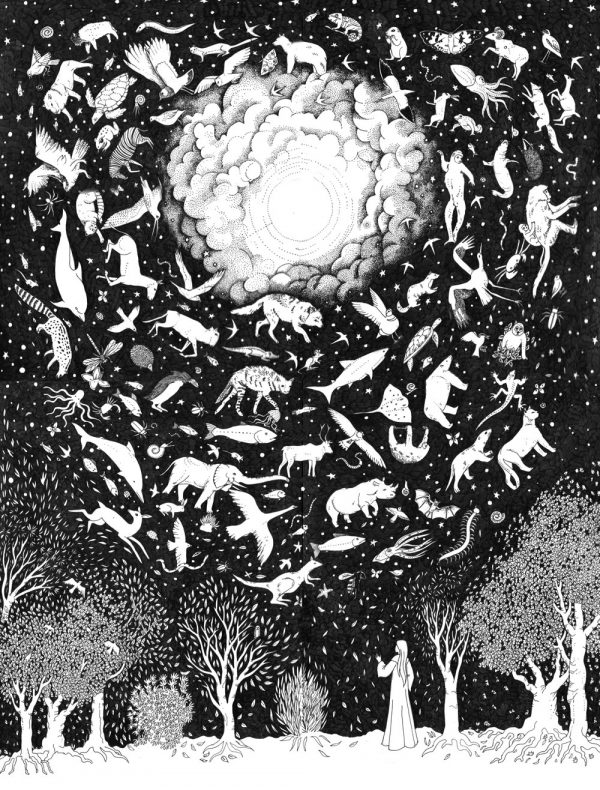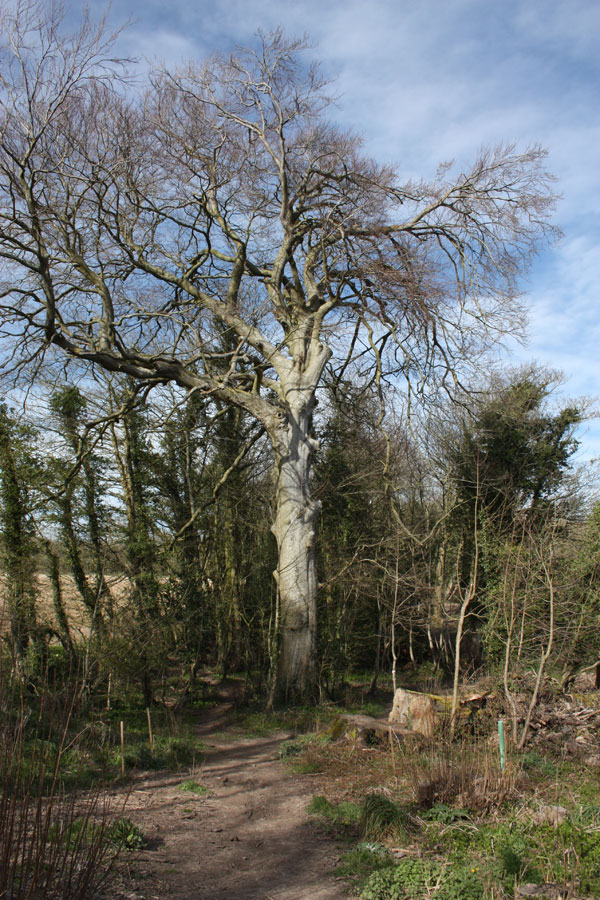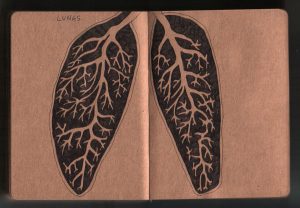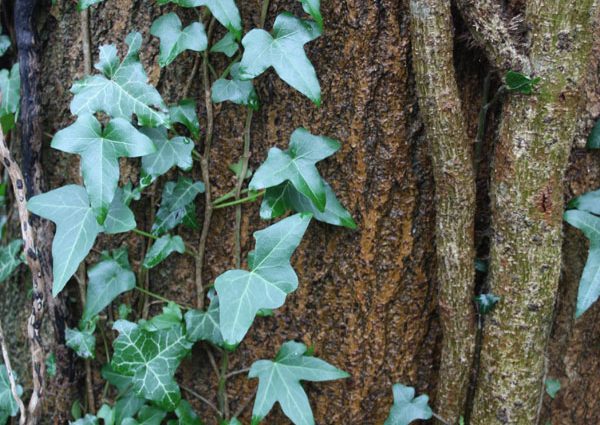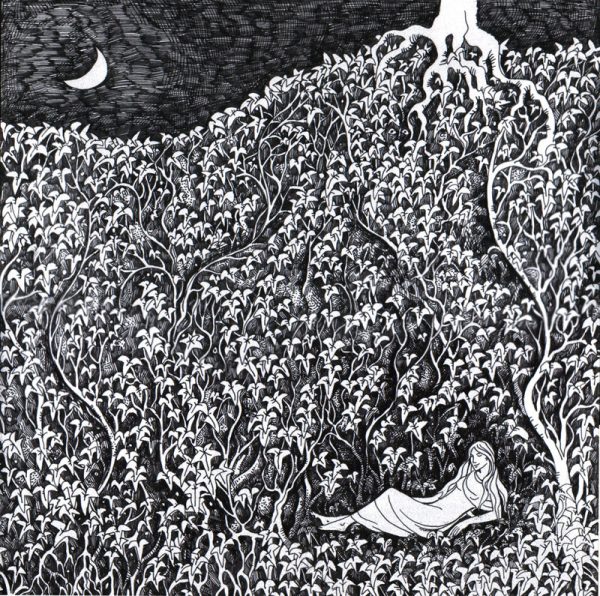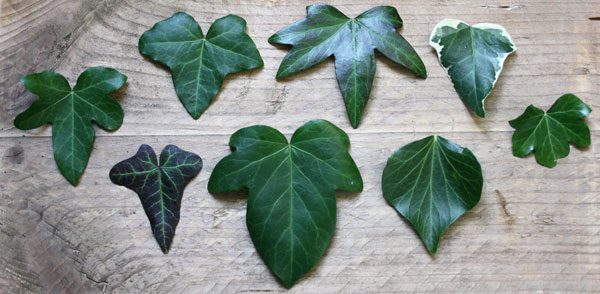I’ve just read Gathering Moss by Robin Wall Kimmerer. In one chapter she visits an environmental artist, Jackie Brookner, who created an installation covered in living moss and ferns and titled Prima Lingua (First Tongue). As soon as I read these words, I stopped reading and looked up; a strong image came into my mind. It was the image of a woman’s profile, dark against the light, emerging from the mossy rocks and ferns of earth.

Perhaps it was the word ‘Prima’ as in Prima Donna, First Woman, that conjured up this image for me. I don’t know. I researched the artist and found that her Prima Lingua sculpture is composed of volcanic rock and concrete, a giant ‘tongue’ covered in mosses, liverworts and ferns, which ‘licks the polluted water in which it stands’. Water is pumped over the tongue and cleaned by the moss and other life forms on the rock. You can see a photo and read about the art installation here.
I decided I wanted to create a First Woman of the Earth artwork and call her Prima Donna della Terra (Italian is easier than Latin). She would be one of my reclaimed scaffolding board icons. I just happened to have a board put to one side a year or so ago, ready for a painting.

One day I’ll train vegetation and encourage moss to grow over one of my board paintings.
I was curious to see what I would find if I googled ‘First Woman of the Earth’. What came up first was a narrative poem based on Lilith by a nineteenth century American author. Lilith was Adam’s first wife according to Jewish mythology and ‘made from the same clay’. I liked that. I learnt that she refused to obey him and also refused to return to the garden of Eden. I smiled at that thought.
Lilith also has other, complex identities, sometimes she is seen as the spirit of a tree. In Hebrew, the name Lilith means ‘night creature’ amongst other things. I am attracted to dusk and night wildlife, so that pleased me too.
My Prima Donna della Terra is not Lilith. Nevertheless, I like to think of her associated with the night and I’ve painted some night creature imagery on the painting that includes a bat, a deer, a moth and a young boar. Her origin I imagine to be Babylonian or Assyrian, perhaps Ethiopian as, once again, I think I’ve been inspired by Ethiopian religious art (see an earlier blog post).
I decided to paint both the front and back of the board. The woman on the front is looking out from the present to the future. On the other side, a figure looks back at the past. The front holds the day, the back, the night. Here she is at night in the garden:
